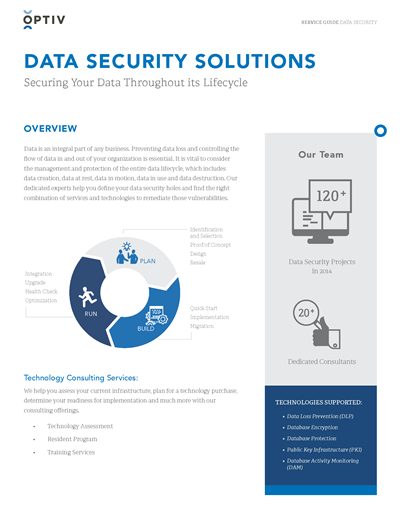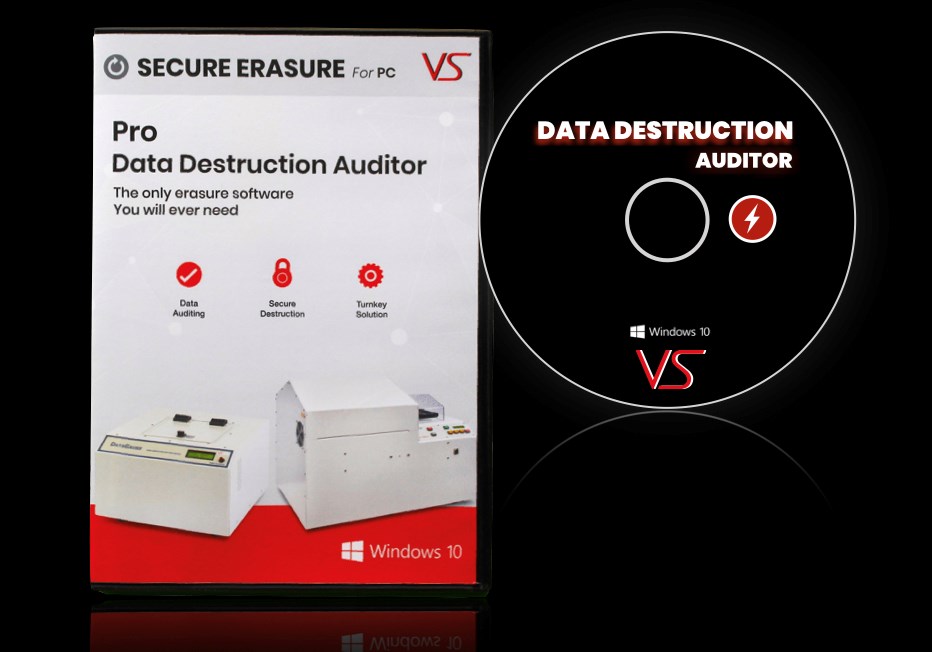How to Incorporate Data Destruction Techniques into Your Cyber Security Method
How to Incorporate Data Destruction Techniques into Your Cyber Security Method
Blog Article
Discovering the Relevance of Data Damage in the Context of Computer Protection Solutions and Protecting Confidential Information
In an age where information breaches are progressively usual, the significance of efficient information destruction can not be overstated. What approaches can organizations carry out to boost their information devastation procedures?
Recognizing Information Devastation
Information devastation is a crucial element of computer protection that entails the long-term removal of information from storage devices to stop unapproved access and potential data breaches. In a progressively electronic landscape, companies encounter heightened risks related to sensitive info being incorrectly accessed or made use of. Reliable information devastation safeguards versus these hazards, ensuring that confidential dataâEUR" such as customer information, copyright, and economic recordsâEUR" can not be recouped after disposal.
Recognizing the relevance of information damage prolongs beyond simple compliance with regulatory and lawful structures; it is crucial for preserving organizational integrity and count on. When data is poorly taken care of or improperly ruined, the consequences can be severe, consisting of economic loss, reputational damage, and legal liabilities.

Techniques of Data Elimination

One common approach is information cleaning, which involves overwriting existing data with random patterns multiple times. This method makes the initial information irretrievable, making it a popular option for companies looking for to protect secret information.
An additional technique is degaussing, which utilizes an effective electromagnetic field to interrupt the magnetic domains on storage devices, efficiently removing the data. This method is particularly effective for magnetic media but is not applicable to solid-state drives.
Physical destruction is an additional durable technique, including the shredding or crushing of storage space tools. This approach warranties that information healing is practically impossible, making it excellent for highly delicate details.
Finally, file encryption can serve as a complementary method to information obliteration. By encrypting data before deletion, organizations can add an additional layer of safety, ensuring that even if remnants are recuperated, they continue to be unattainable without the decryption secret. Each method ought to be chosen based on the degree of information sensitivity and the specific protection demands of the company.
Legal Compliance and Information Safety
Organizations must browse a complex landscape of lawful requirements connected to data protection, particularly after implementing techniques of information removal. Numerous policies, such as the General Information Protection Law (GDPR) and the Medical Insurance Mobility and Accountability Act (HIPAA), impose rigorous guidelines on exactly how companies should take care of and dispose of sensitive data. Failing to abide with these policies can cause significant legal consequences, consisting of substantial fines and reputational damage.
Information devastation processes should be diligently recorded to demonstrate compliance with suitable regulations and criteria. This documentation not only acts as evidence of adherence to lawful obligations but likewise shows a dedication to guarding delicate details. Organizations should also establish clear policies concerning data retention and damage timelines, making sure that information is not held longer than needed.

Furthermore, regular audits and assessments of information devastation methods are important to preserve compliance and adapt to advancing lawful frameworks (data destruction). By proactively dealing with legal needs, companies can minimize threats connected with data breaches and show their commitment to data safety and security. Ultimately, prioritizing legal conformity in data destruction processes is not simply a regulatory obligation, but a basic element of a robust information protection method
Influence On Business Online Reputation
The track record of a company can be significantly affected by its approach to information destruction and monitoring. In today's digital landscape, where information breaches can take place at any type of minute, the failure to effectively throw away sensitive details can result in extreme repercussions. Organizations that improperly manage data devastation danger revealing private consumer information, which not only goes against privacy legislations but likewise deteriorates trust among stakeholders and clients.
A damaged online reputation can result in reduced consumer commitment, important site as clients end up being reluctant to involve with a company that has shown negligence in safeguarding their information. Unfavorable promotion bordering an information violation can have a long-term result, as potential customers might be discouraged by the viewed lack of safety and security. This can cause a straight decrease in profits and market share.
In addition, organizations that focus on information devastation as component of their protection approach can boost their online reputation by showcasing their dedication to guarding delicate info. By embracing rigid data administration techniques, organizations can not only alleviate threats yet additionally place themselves as credible entities in their particular markets, thereby strengthening their total brand name photo.

Best Practices for Secure Disposal
Implementing ideal methods for protected disposal of data is crucial for alleviating dangers connected with information breaches and making certain conformity with privacy laws. Organizations must adopt a detailed data disposal plan that describes treatments for both electronic and physical information destruction.
For physical information storage space gadgets, such as hard disk drives, shredding or degaussing is suggested to stop information recovery. In addition, organizations must maintain a chain of wardship paperwork throughout the disposal process, making sure accountability and traceability of disposed products.
For electronic data, using software program that follows market criteria for data wiping is critical. This software application must overwrite existing data several times, making healing virtually impossible. It is likewise vital to verify the efficiency of the information devastation process through audits or third-party evaluations.
Educating employees on protected disposal techniques includes another layer of safety and security, as human error can usually lead to data direct exposure. Frequently upgrading and reviewing disposal policies guarantees positioning with progressing guidelines and technical innovations. By implementing these best practices, organizations can considerably decrease the danger of unauthorized data gain access to and improve their general data protection technique.
Conclusion
In conclusion, data destruction is a fundamental facet of computer system protection solutions that makes certain the defense of personal info from unauthorized gain access to. Executing effective methods of information obliteration, adhering to lawful compliance, and identifying the effect on organization reputation are essential components of a thorough information protection strategy. By embracing ideal methods for protected disposal, companies can promote count on with customers and guard sensitive data, inevitably adding to a more safe and secure digital landscape.
In an era where information breaches are significantly typical, the importance of reliable data destruction can not be overemphasized.Data devastation is an important element of computer system safety that involves the long-term elimination of information from storage gadgets to prevent unapproved access and possible data violations. Organizations ought to additionally establish clear plans concerning information retention and destruction timelines, making certain that data is not held longer browse around this web-site than essential.
By proactively dealing with lawful demands, companies can reduce threats connected with information breaches and show their commitment to data protection (data destruction). Eventually, focusing you can try these out on lawful compliance in information destruction procedures is not simply a regulatory commitment, however a fundamental element of a durable data safety strategy
Report this page